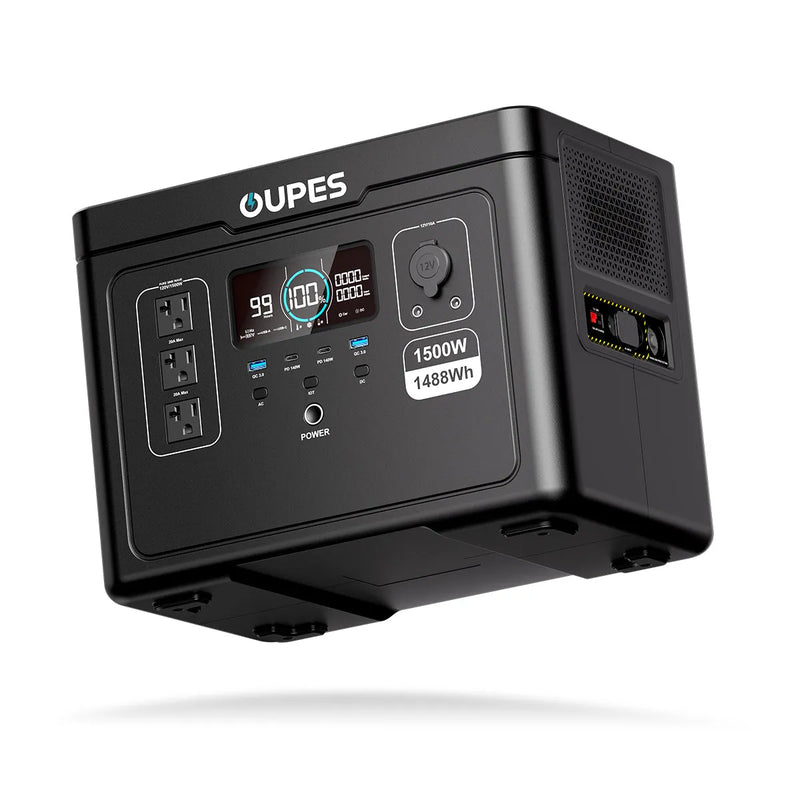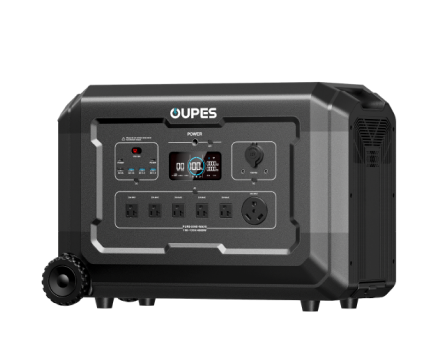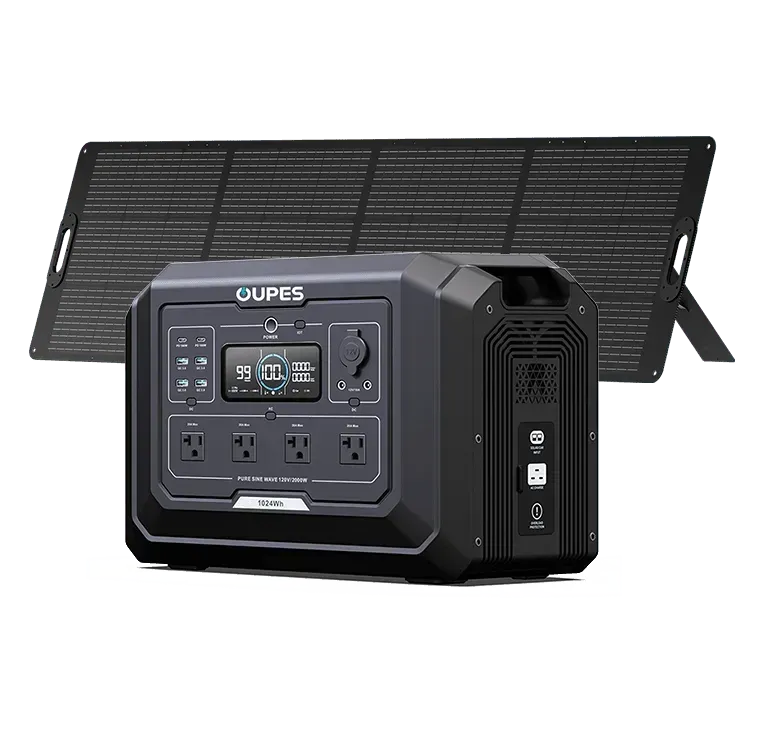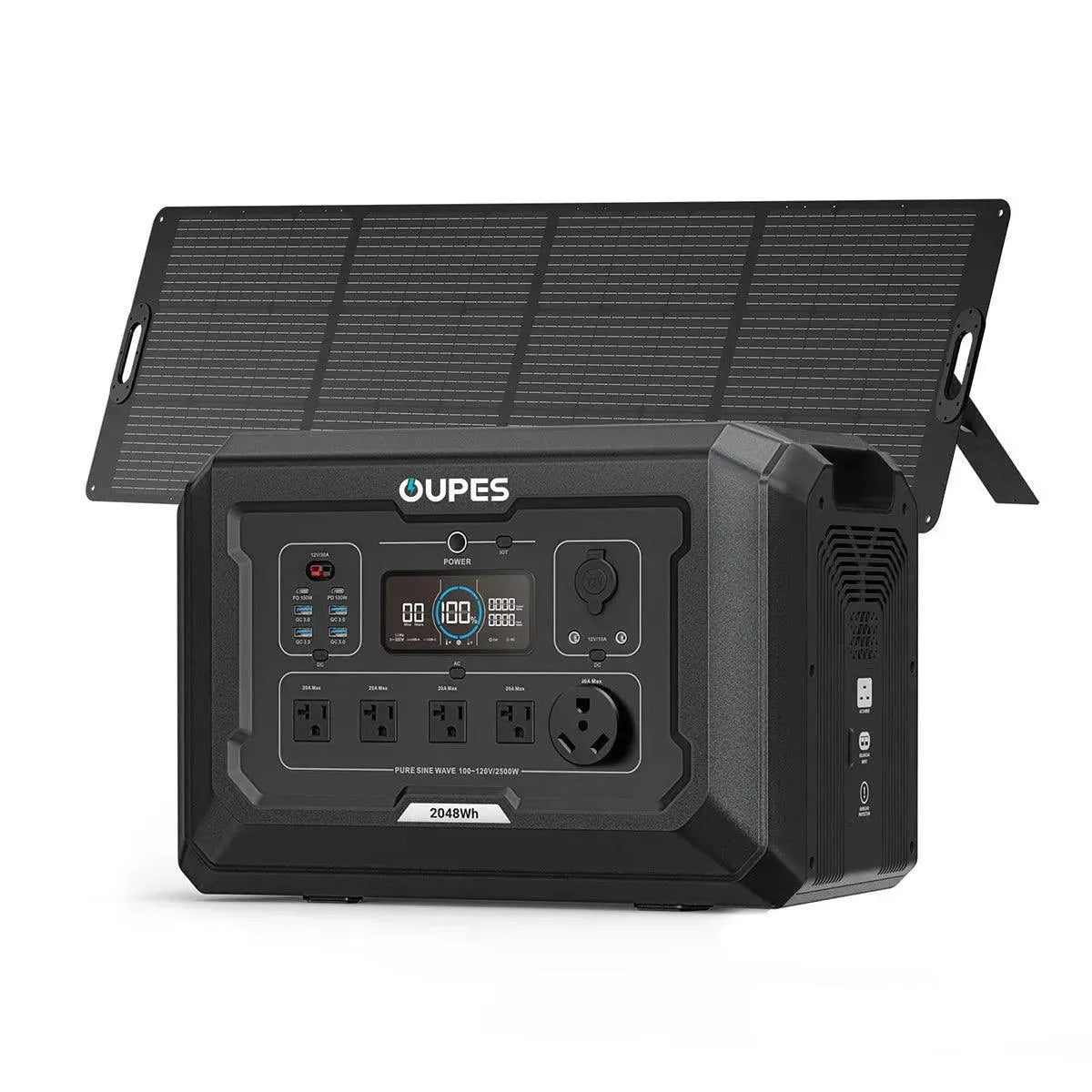
Hurricanes are among the most powerful and destructive forces of nature. When they strike, they can leave entire communities without power, water, and communication for days or even weeks. The difference between vulnerability and resilience often comes down to preparation. Having an ultimate hurricane survival plan not only protects your home and family but also ensures that you can weather the storm and its aftermath with confidence.
Creating a strong hurricane plan means thinking beyond just the storm itself. It’s about planning for outages, ensuring access to food and water, and preparing your home and power systems to withstand challenges. In this article, we’ll guide you through essential strategies to stay safe and keep your household running smoothly when disaster strikes.
Building a Family Hurricane Preparedness Plan
The foundation of surviving a hurricane is having a well-structured family plan. This includes communication strategies, evacuation routes, and designated safe areas within your home. Every family member should know what to do when an emergency alert is issued. Simple steps such as keeping emergency contacts written down, having a meeting point outside the home, and establishing how to communicate if cell service goes down can save lives.
Consider the specific needs of children, elderly relatives, and pets. For example, children may need comfort items like toys, while seniors may require medical supplies. Pets should have carriers, food, and water ready as part of your emergency kit. Preparing for each household member ensures no one is left vulnerable.
Part of a good plan also involves running practice drills. This helps your family respond quickly and calmly when a real storm occurs. Simulating scenarios such as evacuating to a shelter or practicing how to shut off utilities makes everyone more confident in an actual emergency. Planning ahead not only reduces panic but also increases your family’s ability to make smart, life-saving decisions during a storm.
Stocking Essential Supplies for Survival
When a hurricane disrupts infrastructure, grocery stores and supply chains can be cut off. Stockpiling essential items in advance ensures your household won’t be left scrambling at the last minute. Focus on supplies that will sustain you for at least a week without outside help. Non-perishable foods, bottled water, medications, and first aid kits are must-haves.
Experts recommend at least one gallon of water per person per day. Store enough for drinking, cooking, and basic hygiene. In addition, pack high-calorie non-perishable foods such as canned beans, rice, peanut butter, and granola bars. Don’t forget a manual can opener in case you lose power. These basic supplies can make all the difference when shops are closed and shelves are empty.
It’s also important to think beyond food and water. Flashlights, extra batteries, portable chargers, and emergency radios are crucial for communication and safety. Hygiene products like soap, wet wipes, and disinfectants keep your family healthy during extended outages. Finally, secure important documents—passports, insurance papers, and medical records—in waterproof containers. Having these ready ensures quick recovery after the storm has passed.
Securing Your Home Against Storm Damage
A hurricane’s high winds and flooding can cause catastrophic damage to homes. Taking preventive measures before the storm arrives can save thousands in repairs and keep your family safe. Start by reinforcing windows with storm shutters or plywood. Broken windows can allow winds to enter, increasing the chance of roof collapse. Similarly, secure doors with heavy-duty locks and bracing to withstand high pressure.
Clear your yard of loose objects that could become dangerous projectiles. Trim tree branches close to your home to reduce the risk of damage from falling limbs. Clean gutters and drains to ensure proper water flow, reducing the chance of flooding inside. These small tasks, when done in advance, can greatly reduce structural damage.
Inside your home, identify the safest place to shelter. Typically, this is an interior room on the lowest level without windows, such as a closet or bathroom. Store blankets, pillows, and helmets there for added protection. For homes in flood-prone areas, elevate appliances and electrical systems to minimize water damage. A proactive approach to home safety not only shields property but also provides peace of mind during severe weather.
Staying Powered During Outages
One of the most challenging aspects of hurricanes is the loss of electricity. Outages can last hours, days, or even weeks, depending on the severity of the storm. Staying powered ensures you can communicate, preserve food, and maintain a sense of normalcy. Having a backup energy source is critical for riding out long outages safely.
Traditional gas generators have long been a popular choice, but they come with challenges such as fuel shortages, noise, and ventilation risks. A modern, safer alternative is a solar power station. Devices like OUPES provide clean, renewable energy that can charge phones, keep routers online, and even power small appliances during extended blackouts. Unlike fuel-based options, solar stations recharge with the sun, making them sustainable and reliable in the long run.
For maximum preparedness, pair a solar generator with portable solar panels. This ensures continuous recharging even during multi-day outages. Prioritize which devices you’ll need to run—such as medical equipment, communication tools, and refrigeration. Planning your power needs in advance allows you to conserve energy and extend usage. With a reliable backup power system, your household remains functional, safe, and connected throughout the storm and recovery period.
Maintaining Safety and Health After the Storm
Survival doesn’t end when the winds die down. The aftermath of a hurricane often presents hazards such as contaminated water, blocked roads, and damaged infrastructure. Staying vigilant after the storm is just as important as preparation before it. Avoid wading through floodwaters, which may contain sewage, chemicals, or hidden debris. Always boil or filter water before drinking if the local supply is compromised.
Health risks also include injuries from cleanup efforts. Use protective gloves, boots, and masks when removing debris. Be cautious of weakened structures and downed power lines, which pose serious electrocution risks. Having a stocked first aid kit allows you to treat minor injuries without needing immediate medical assistance, which may be limited in disaster zones.
Mental health is another factor often overlooked. Hurricanes can be traumatic, especially for children. Create a sense of routine as soon as possible, and provide reassurance through communication and family activities. Staying informed through emergency broadcasts also helps reduce anxiety by keeping you aware of recovery updates. Maintaining both physical and emotional well-being ensures your household can bounce back stronger after the storm.
Conclusion
Hurricanes test not only the strength of buildings but also the resilience of families and communities. By preparing thoroughly with a hurricane plan, you can minimize risks and face the storm with confidence. From stocking essentials to securing your home and ensuring backup power with reliable solutions like OUPES, every step taken in advance makes a difference when disaster strikes.
Survival is about more than just making it through the storm—it’s about creating a plan that sustains your family through the aftermath. With preparation, foresight, and the right tools, you can protect your loved ones, preserve your home, and emerge from a hurricane ready to rebuild and thrive.




























